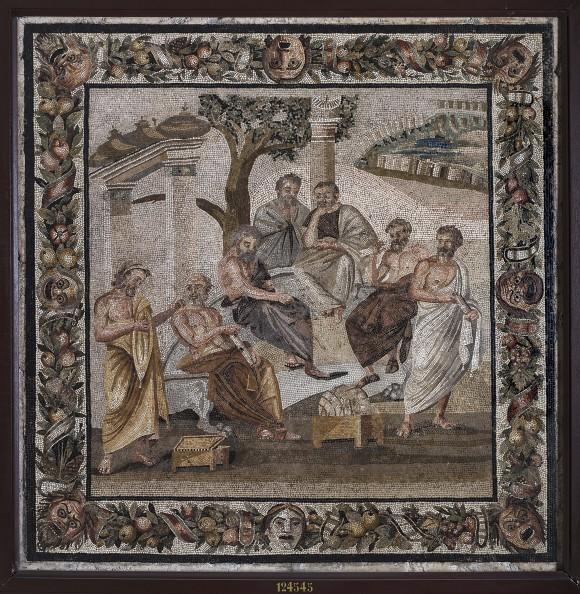NEW YORK—Our most memorable experiences, the most blissful to the most tragic, seem to exist outside of time. “Time stood still,” we may say, recalling those moments. We may wonder, like astrophysicists from today back to the days of Aristotle 2,300 years ago, whether time exists at all. And if it does exist, how should we conceptualize it, or measure its passage? Today, we divide days into 24 hours, each of equal length. That was not always the case.
An exhibit of about 100 timeless objects, Time and Cosmos in Greco-Roman Antiquity at the Institute for the Study of the Ancient World (ISAW, a New York University affiliate), gives us an opportunity to contemplate our understanding of time by comparing it to that of the founders of Western civilization. It continues until April 23, 2017.






